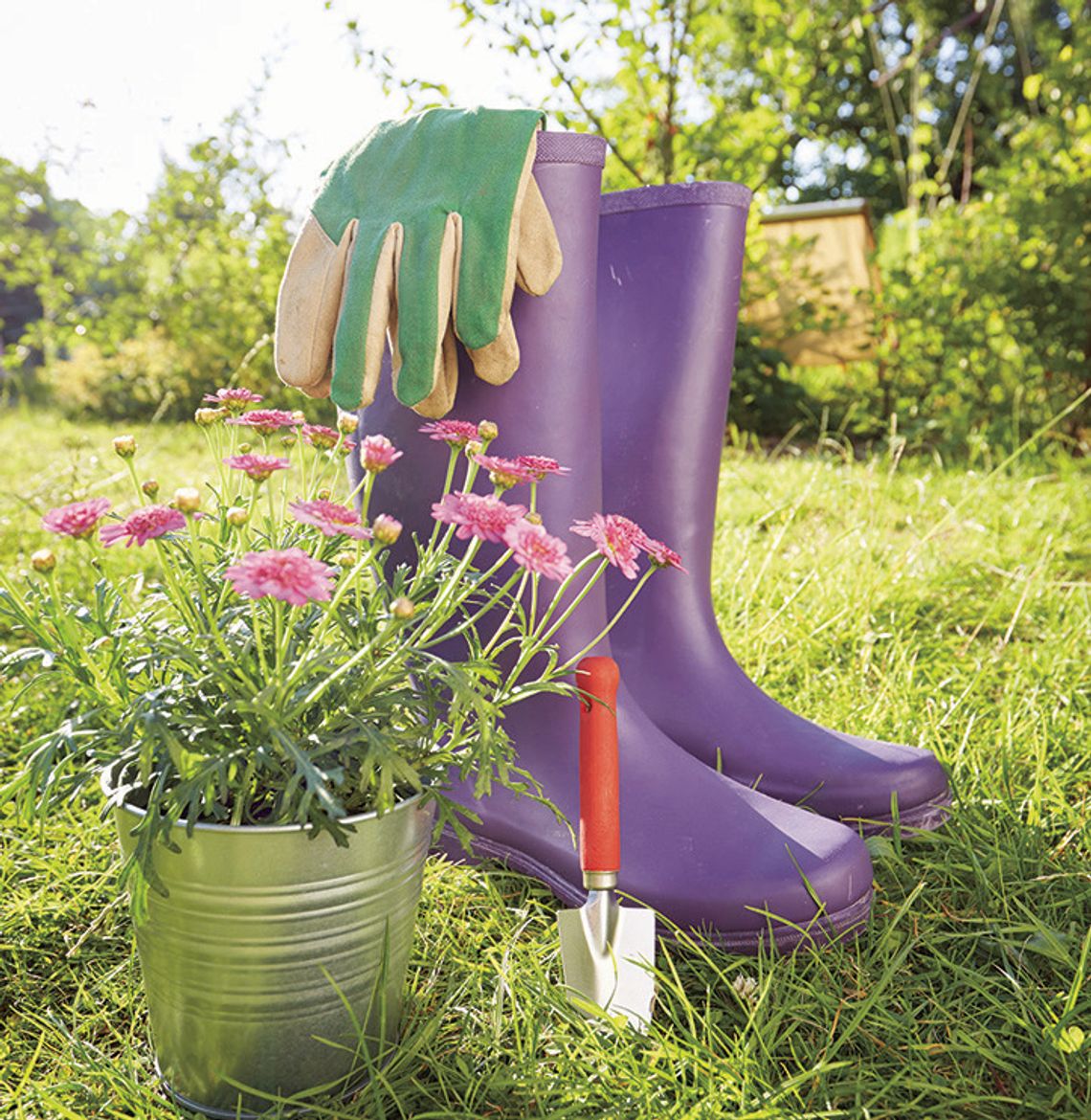Moving into one of the new subdivisions in Hays County in 2020, I started with a rocky, weed-filled yard with two tiny red oak trees. As a Master Gardener, I was determined to create a space free of a traditional lawn, shade to reduce the heat and a habitat for pollinators. I wanted to plan and document the evolution of my yard which led to the creation of my personal garden journal supplemented by photos.
Journals are a personal record of something over time and can take any form the creator desires. If you like working electronically, then a spreadsheet can be the way you document your gardening. Grids can help you plan your space realistically. Creating a file with documents and photos stored on your computer may also fit your needs. People who like a hard copy can go as simple as a spiral notebook, a two-ring binder with notebook paper and plastic sleeves for photos, a regular blank journal, or even purchase a gardening journal. Scrapbooks can be great for writing notes with photos, seed packets, or plant labels.
Journals can be organized in numerous ways. They can be divided into sections on each plant in your garden or by type of plant (like vegetables, perennials, shrubs). Journals can follow the traditional route and go sequentially in time or season. They can be handwritten and contain photos, maps, graphs, charts, or any combination that fits your needs. If you are artistic, you can use a watercolor or sketchbook to write and illustrate your plants personally. You can press flowers into your journals as a visual reminder. You can create an inventory of the plants’ statistics, such as their common, botanical name, variety, where bought, date, and price, perennial or annual, water, soil, or sun needs, and date planted. Another category is the plant’s performance. Growth charts can be as fun as measuring a child’s height yearly against a wall.
Journals can be a record of the external factors that will impact your plant’s success. Data on our weather extremes is useful information to see if new patterns are forming. Graphing the last frost dates, freezes, high winds, and extreme temperatures is important to know when to be ready to protect your plants. Hay County is experiencing drought, so documenting rainfall amounts and water usage can help determine the types of plants that will thrive in your yard. Even your water bill can be part of a journal.
Journals can be evidence of the care required for your garden. The amount of mulch, fertilizer, or compost used can be tracked and guide what is needed the following year. Any pest or disease management that worked is information that can prevent a reoccurrence next year. The times to harvest seeds and when to start seedlings can be estimated. Dates when you pruned or cut back a plant can aid in making a monthly “To Do” list in your journal.
Blooming plants or those that produce berries, fruits, or vegetables benefit from record-keeping. Bloom times and duration as well as whether to deadhead will be beneficial in keeping color and pollinators in your yard year-round. If you want to develop a habitat for bees, butterflies, and birds, it is also useful to record which blooms attract which pollinators. Vegetable and fruit growers can rely on journals to tell which varieties are the most successful. Journals can help you remember how long seedlings took to transplant or how long a plant took to produce its fruit as well as providing data to organize crop rotation and placement of companion plants. What gardener does not like to record the number of tomatoes or figs they produce? Favorite recipes that use what is produced from the garden can be included in the journal.
Gardens are a place of beauty and peace, and the wonders and gratitude you experience should be saved in your gardening journal.









